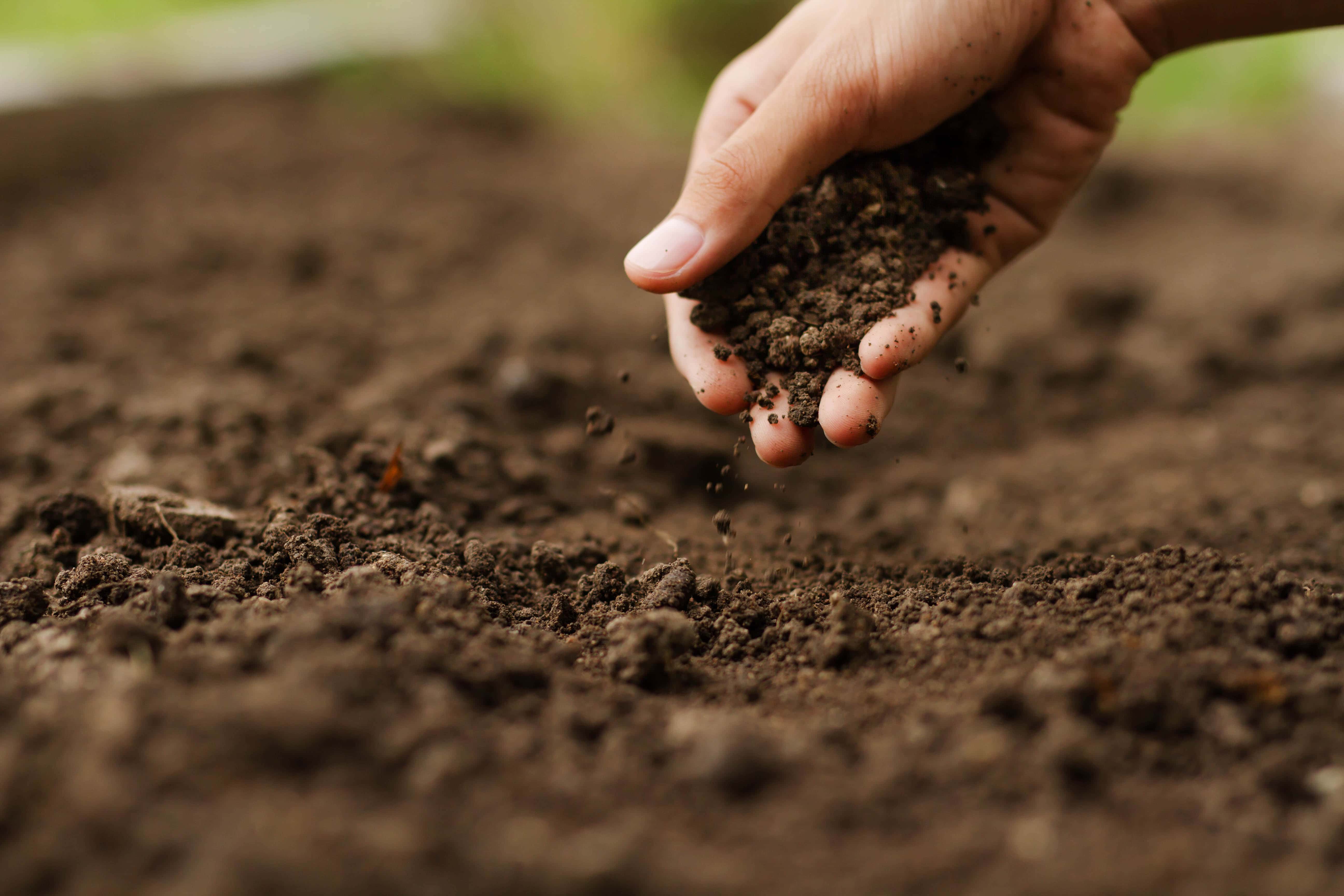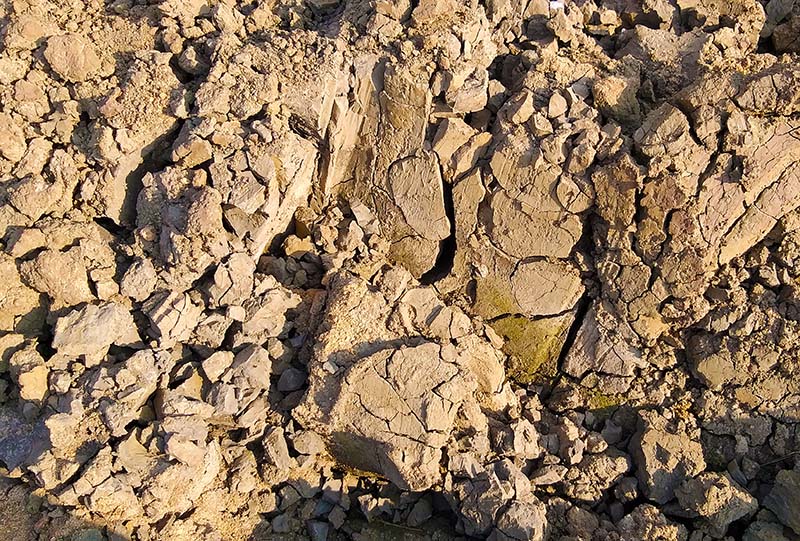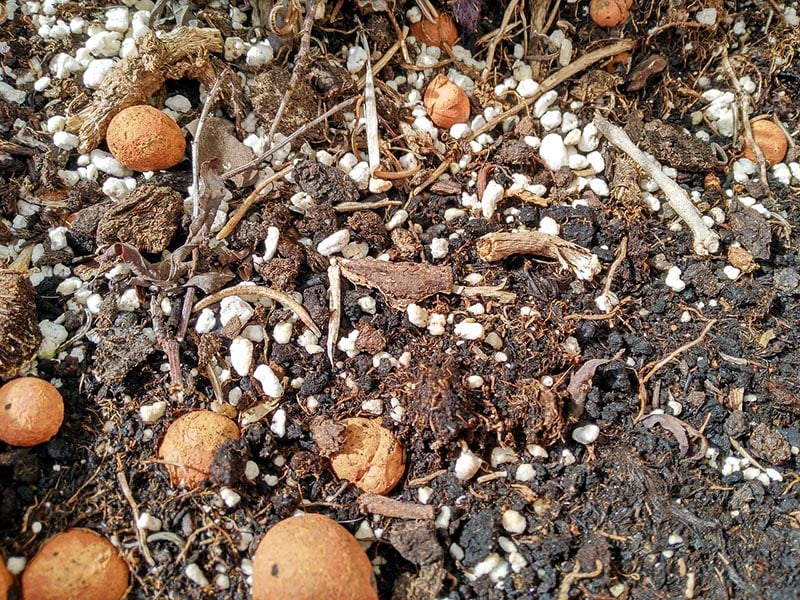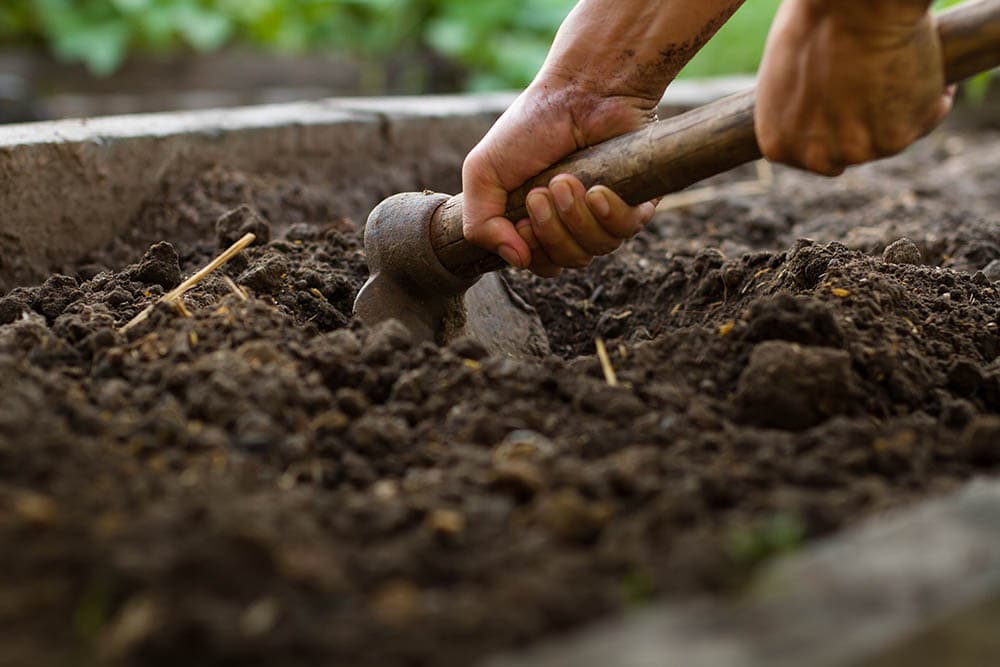What Is Well-Drained Soil? Examples, Uses, Pros & Cons
-
Ed Malaker
- Last updated:

If you like to garden, one thing that you might frequently hear about is well-drained soil. However, many people aren’t sure what it is or how to get it. Well-drained soil is essentially soil with good drainage. Keep reading as we talk about the different types, when to use it, and when to avoid it, so you can have a better gardening experience.
How Does It Work?
The soil’s ability to drain depends on its makeup. Soil that drains well usually has plenty of space between the particles to enable water and oxygen to flow freely. The denser the soil, the fewer air pockets it will have and the longer it will take for water to drain.

Examples of Poorly Drained Soil
- Clay and silt are examples of dense soil that can hold water to the point of being water-logged.
- Compact soil from heavy foot traffic or machinery will have few air pockets to let water flow, so the water will sit on top.
- A low spot in your yard is often where water will go, and it will have poor drainage.
- Soil with a hard surface underneath, like a pot or a ledge, will not drain properly.
- Any ground below the local water table will have difficulty draining.
What Are the Different Types of Ingredients in Well-Draining Soil?
- Twigs – Breaking twigs into small pieces and adding them to your soil can help improve drainage. This quick and easy method helps provide aeration without obstructing drainage holes or preventing root growth.
- Sand – Another great way to help improve the drainage of your soil is to add sand. Sand isn’t a good choice by itself because it dries too quickly, but when you add it to regular topsoil, it helps improve aeration and works to break up and prevent clumps of soil that can block the flow of water, leading to poor drainage.
- Compost – Compost is a great way to improve ordinary soil and make it more well-drained. It also provides important nutrients that will help your plants grow faster, stronger, and healthier. Additionally, starting a compost heap will enable you to recycle food waste, so you’ll send fewer items to the landfill, and in a short time, you will create enough compost to feed the entire garden.
- Coco Peat – Coco peat is a type of peat that manufacturers create from the outer husks of coconuts. Adding it to your soil will help it drain better, and it lasts longer than several other options on this list, so you won’t need to replace it as frequently.
- Vermiculite – Vermiculite is a powder or small rock that you can add to your soil to help it drain without interfering with the growth of your plants. It can also be a good option for soilless potted plants.
- Pumice – Pumice is an extremely lightweight type of lava stone that is a perfect additive to the soil to help it drain better. It also encourages the growth of a helpful fungus that can benefit many houseplants and help them grow better.
- Perlite – Perlite is a type of volcanic rock that forms tiny white balls under high temperatures. It makes a great additive to the soil to make it drain better without affecting its chemical composition or pH.
- Peat Moss – Peat moss is a time-tested and well-known product that you can add to your soil to improve drainage. However, peat moss can make your soil more acidic, so it’s only a good choice for certain plants. It also requires frequent replacement.

Where Is It Used?
You can use commercial well-draining soil or make your own and use it anywhere you intend to grow plants. It’s a good choice for indoor potted plants and outdoor plants with soil that gets packed down from rain and animal movement.
Advantages of Well-Draining Soil
Replacing hard, compact soil with fresh well-draining soil will help your plants in various ways. The air pockets in the soil will enable water to flow freely, provide space for the roots to grow, and help them pick up nutrients more easily. Since the water drains away, there’s less chance of mold or bacteria that can harm the plant.

Disadvantages of Well-Draining Soil
Fortunately, the vast majority of plants benefit from well-drained soil, so it doesn’t really have a disadvantage. However, if you attempt to transplant one of your plants from hard compact soil to well-drained soil, doing so can damage the roots and might set the plant back for a short time.

How Can I Test My Soil to See If It’s Well-Draining?
- Dig a hole in your yard that’s 1-foot square and 1 foot deep.
- Fill the hole with water and let it drain out completely.
- Fill the hole with water again and measure its depth with a ruler.
- Wait 15 minutes, and check the depth again to see how much it dropped.
- Multiply the amount of drop by 4 to determine how fast it will drain in an hour.
- You have well-draining soil if your result is 1–6 inches per hour.
- Less than 1 inch per hour is slow-draining wet soil, and more than 6 inches per hour is fast-draining dry soil.
 Conclusion
Conclusion
Well-draining soil is any dirt that enables water to flow away freely and doesn’t let moisture build-up and remain stagnant around the roots. You can modify your soil with twigs, sand, peat moss, and other items to help improve drainage, or you can purchase a commercial brand of well-draining soil from your local home improvement center. Use it to replace the soil in any areas around your home where you are experiencing difficulty getting plants to grow.
Featured Image Credit: Piyaset, Shutterstock
Contents
